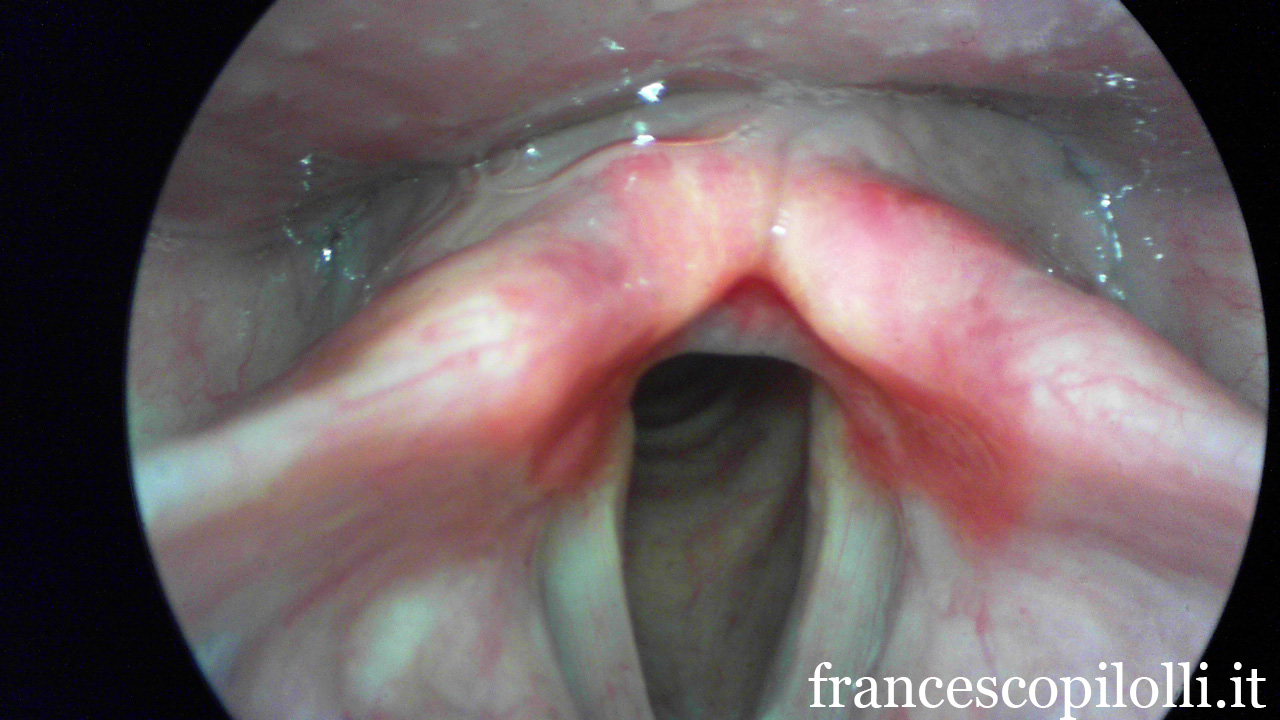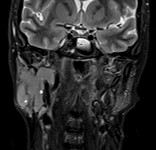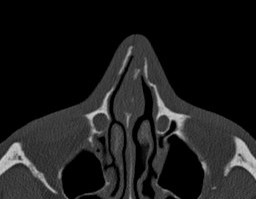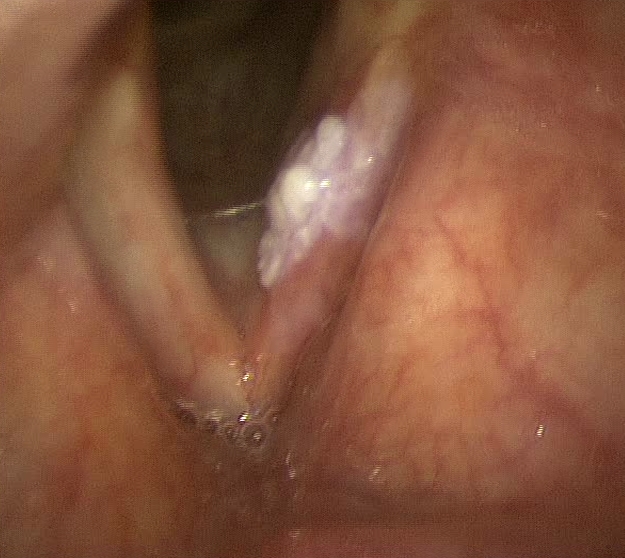The acid produced by the stomach can go up through the esophagus and pharynx and larynx reach level. The esophagus is a robust organ from symptoms (heartburn, substernal, algie) only after being stressed out a lot by acid. The pharynx and especially the larynx are otherwise very delicate organs and a few drops of gastric acid to cause symptoms.
The symptoms of acid reflux is very nuanced and non-specific laringopatia.
Patients may complain:
-pharyngolaryngeal burning
-chronic dry cough
-foreign body sensation
-dysphonia
-need to scrape the voice
 Symptoms may indicate this problem, to clarify the diagnosis and to rule out more serious especially morbid situations it is important to flexible fiberoptic transnasal in case the symptoms are present for more than 2 weeks.
Symptoms may indicate this problem, to clarify the diagnosis and to rule out more serious especially morbid situations it is important to flexible fiberoptic transnasal in case the symptoms are present for more than 2 weeks.
Typical sign mucosal hyperemia mucous will carilage or mucous, thus.
Once you know the diagnosis you should perform careful diet and behavioral norms to reduce gastroesophageal reflux and, at the discretion of the specialist, a drug therapy. The results of the therapy become evident usually after at least 2 weeks


 Are very frequent, can be isolated or associated with other cranial fractures.
Are very frequent, can be isolated or associated with other cranial fractures.










